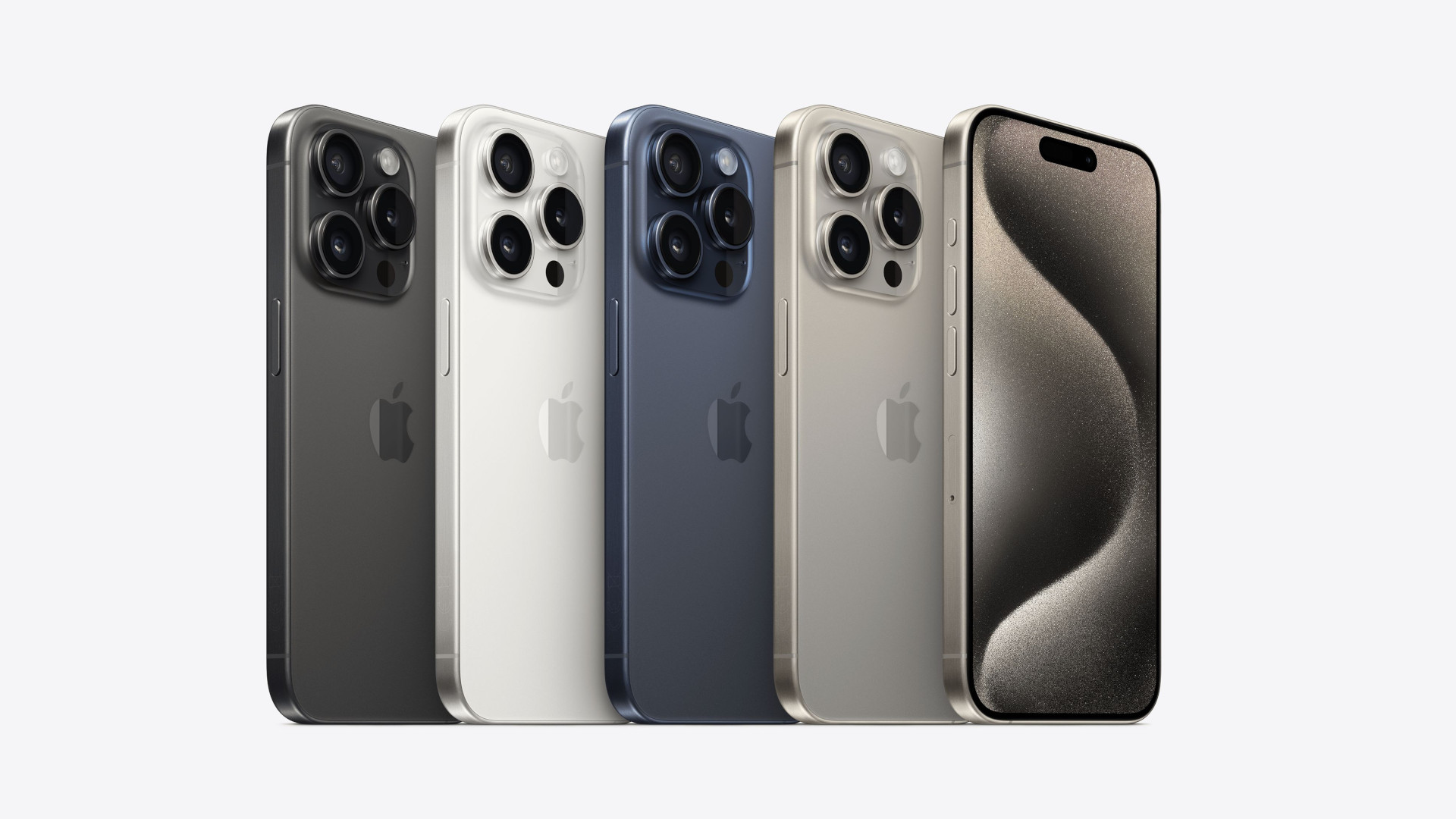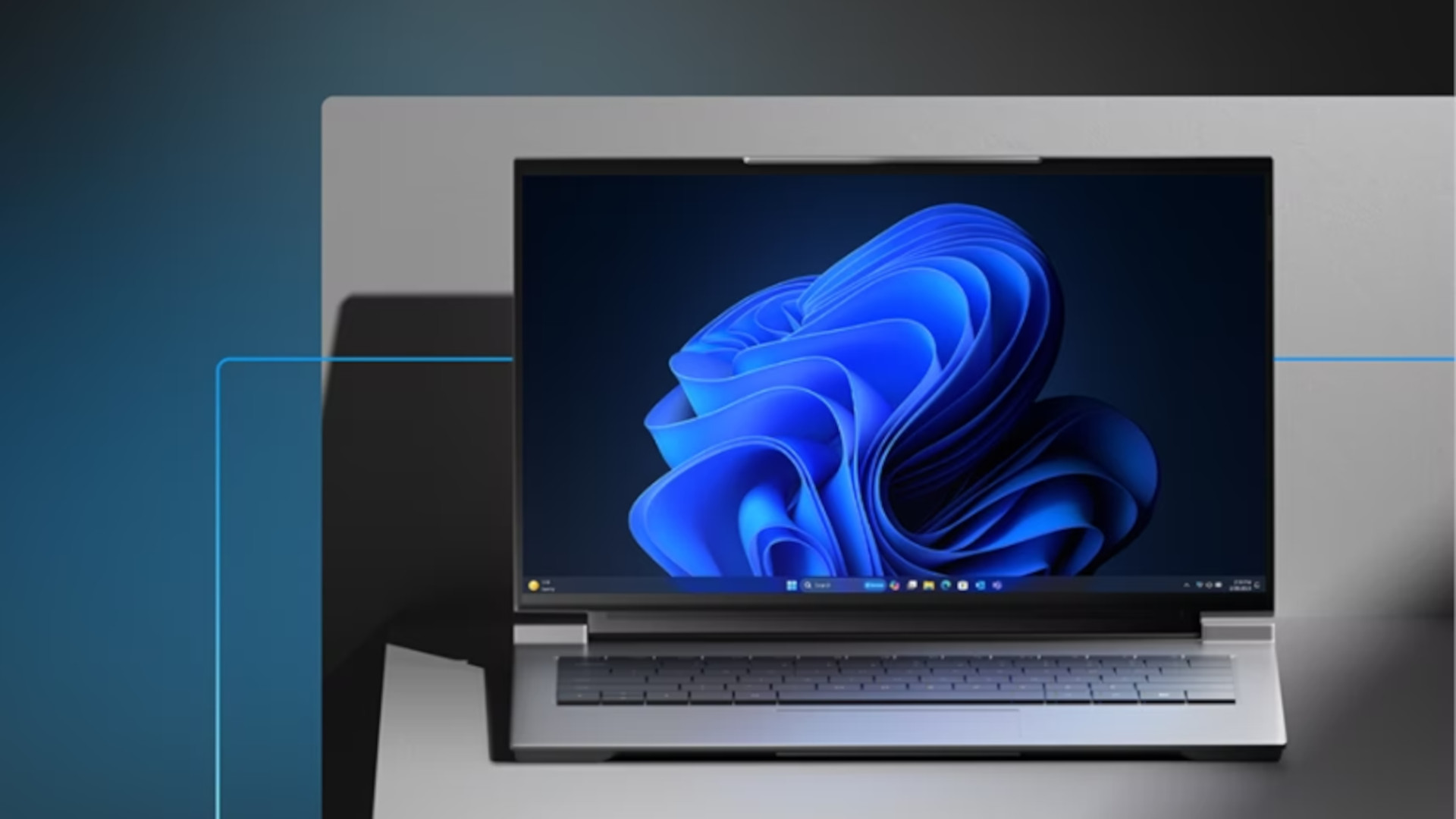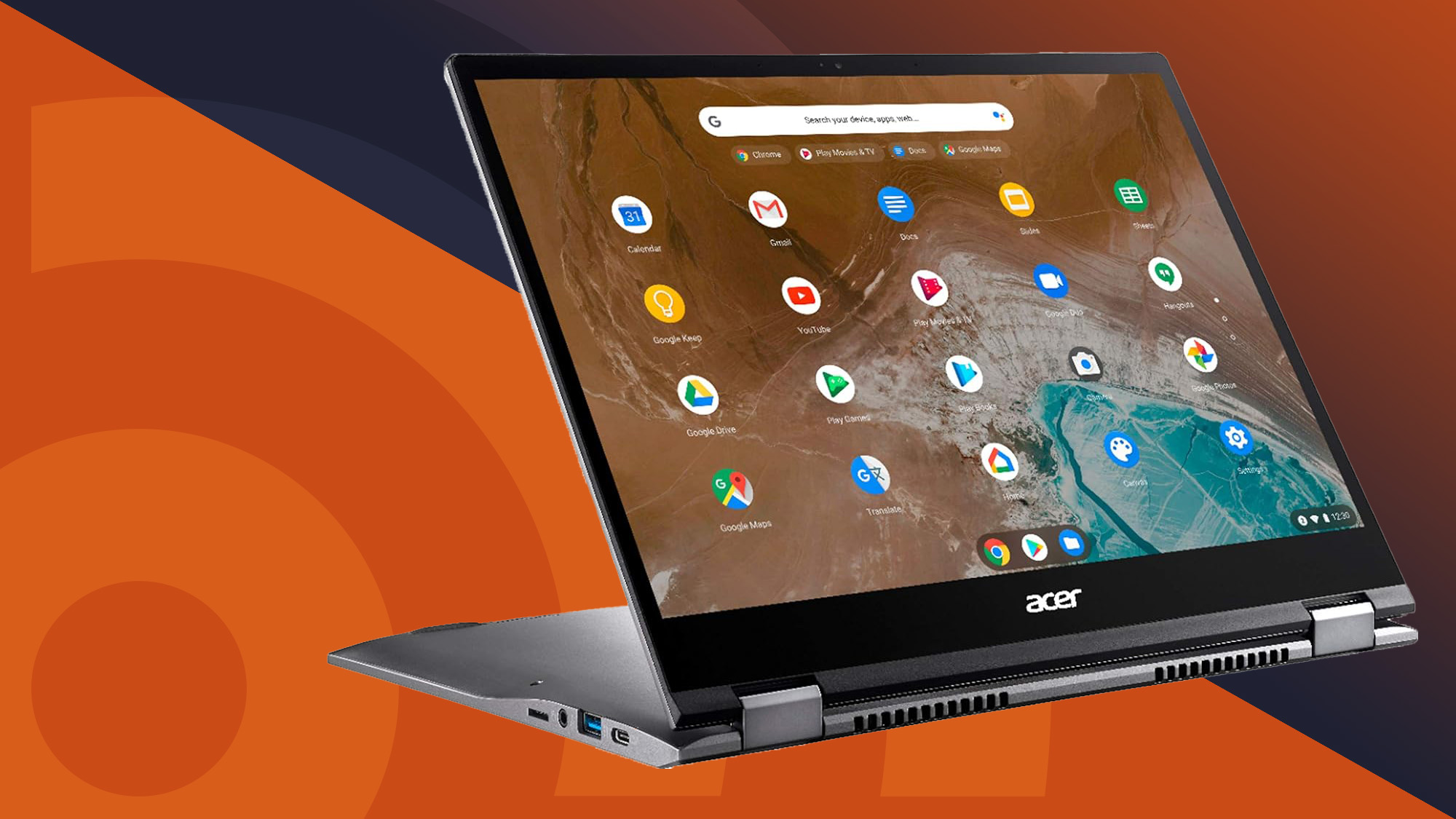If you want to create more storage on your device, you've come to the right place. This guide aims to lay out the best ways to free up space so your devices can run faster and more efficiently while giving you space to use as needed.
To be clear, this will cover several types of devices, so if you want more space on your smartphone, tablet, laptop or desktop, you'll be able to find useful tips and tricks right here.
It's worth noting that creating more space on your device will mainly serve to give you more space to store other items. However, it can also speed up your device. Generally speaking, if your device doesn't have at least 10% free space, you can expect some slowdown in daily operation.
So instead of spending money on a new device, follow this guide to learn how to extend the life of your device, run it more efficiently, and create new storage space.
How to create more storage on your device
Android phone or tablet
The first thing you need to do on an Android device is delete any apps you no longer use. Fortunately, you can see this by navigating to Settings, Storage, and then Apps. This will show what apps you have and how much space each one takes up. So if you want to organize the larger ones first and get rid of some of the larger ones, that's a good quick option to make enough space quickly. Or organize them by Least Used and delete the ones you use the least first. You can also go into each app and use Clear Storage or Clear Cache to make space within the app.
Use the cleaning tool. This will vary depending on the user interface of the phone brand you have. But for most Pixel and Galaxy phones, you can expect to have a Files or My Files app, where you can clean and empty junk items to free up space. Fortunately, many of these also recognize any duplicate files on your device, so you can delete them to make room without losing anything.
Delete photos from videos that you don't need to store locally. Use Google Photos as a way to back up your images to the cloud. But it's important to make sure you also use Smart Storage. Activate this in Settings and the phone will automatically delete a device image 60 days after it has been backed up to the cloud.

iPhone or iPad
iPhone and iPad cleaning options are nice and easy because of that. Clean iOS Offer. In any case, you can check your storage space by going to Settings, General, iPhone Storage and then see what's left, what's using space, and where it's distributed. If you see a lot of app space being taken up, it's time to delete something.
Go to Settings, General, and iPhone Storage to see a list of your apps in order of the space they use. You can then delete data in the app, such as deleting old conversations in Messages, or delete the app to get rid of it completely.
Another option is to download the application.. This means you don't lose your saved data and the app remains on your home screen, it's just removed from your device. It's still stored in Apple's cloud, so you simply need to re-download and install it to pick up where you left off.
Backup photos and videos to the cloud so you can delete them locally and save space on your device. Google Photos is a great option here where the app automatically backs up to the cloud, allowing you to delete it from the device without worrying about losing it. It's also worth clearing your recently deleted items folder, as they are still kept locally for a month after you've deleted them from your device.

windows machine
For any Microsoft Windows machine, storage space is important as it can greatly affect the speed of execution if it is too cluttered. Using OneDrive, as a way to back up data to the cloud, is a good start as it can mean deleting images, videos, documents, and more from your machine's local drive while still having access over an Internet connection.
Delete any files you don't use with the Storage Sense app or manually. In both cases you must go to Start, Settings, System and then Storage. In the manual case, you can access the cleaning recommendations to follow the removal instructions.
If you want to keep apps or files and not put them in the cloud, then Connecting an external flash drive or USB hard drive is an option to keep data locally without taking up space on your machine.

Chromebook
Chromebooks are very efficient when it comes to data, but they can still fill up if you're not careful. To be aware of this, check how your data is stored by going to the Settings section, Device and then Storage Management.
Here you can check Downloads, Offline Files, Browsing Data, Android Storage, and Other Users to see how your space is being taken. You can then take action by deleting files or moving any to your Google Drive to free up space.
Clearing your browsing data and download history can give you more space. But deleting apps is the way you'll really free up some space, since they can be large files.
If you have other users on the Chromebook, deleting their accounts could also free up space. – ideal if they are no longer in use but still taking up space on your device in the background.






